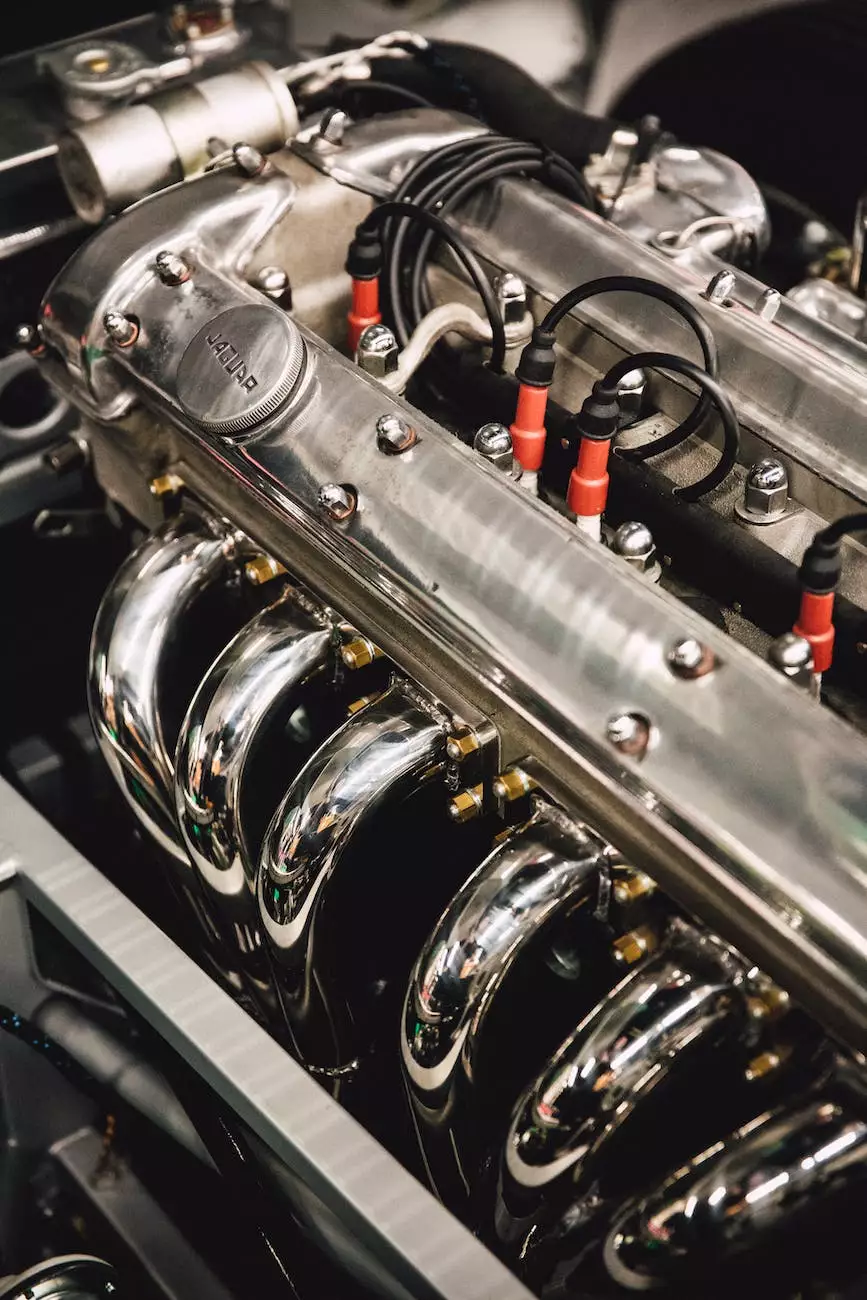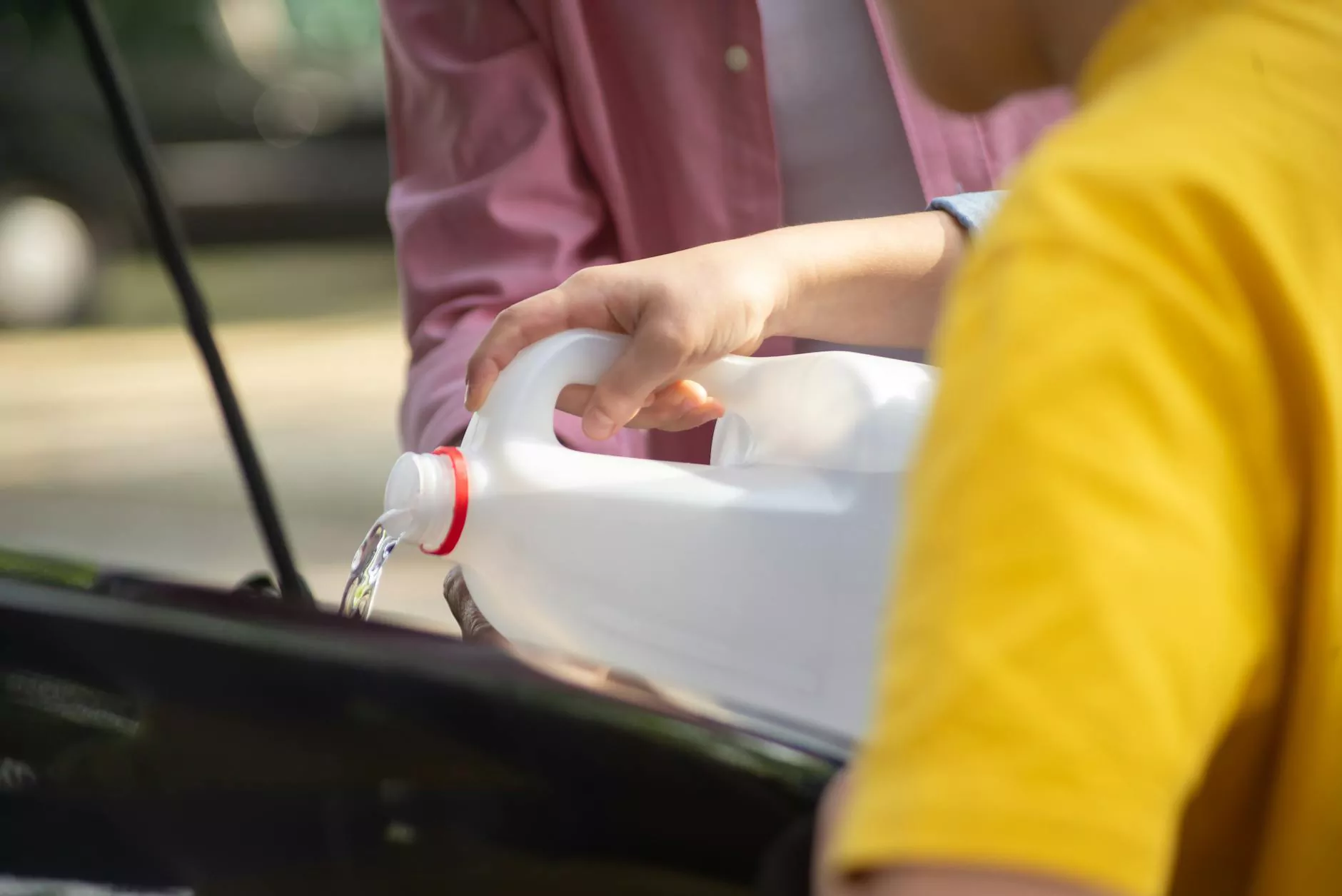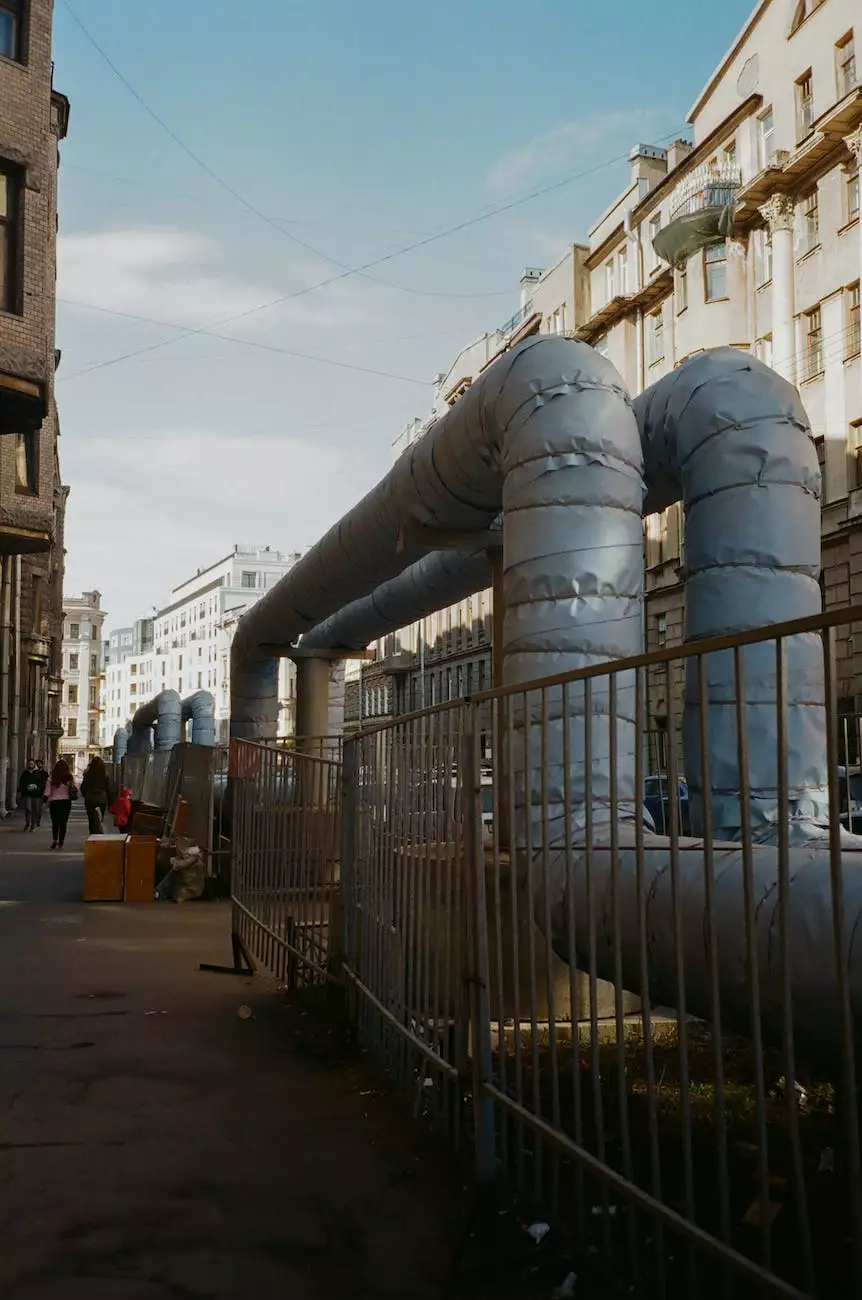How to Remove Calcium Buildup in Pipes
Plumbing
Introduction
Welcome to iBak Solutions, your trusted source for expert advice on maintaining and improving your plumbing system. In this article, we will provide you with comprehensive information on how to effectively remove calcium buildup in pipes and ensure the smooth operation of your plumbing infrastructure.
Understanding Calcium Buildup
Calcium buildup, also commonly referred to as limescale, is a common issue in residential and commercial plumbing systems. It occurs when calcium and other minerals present in hard water accumulate over time, leading to obstructions and reduced water flow. If left unaddressed, calcium deposits can cause damage to pipes, appliances, and fixtures.
1. Identifying Signs of Calcium Buildup
Before diving into the removal methods, it's important to identify the signs of calcium buildup in your pipes. Some common indicators include:
- Reduced water pressure
- Frequent clogs
- Rusty or discolored water
- Unpleasant taste or odor
2. Prevention Techniques
Preventing calcium buildup is key to maintaining a healthy plumbing system. Consider implementing the following preventive measures:
- Install a water softener to reduce the mineral content in the water.
- Use vinegar-based cleaning solutions regularly to break down small accumulations.
- Flush your pipes periodically by running water at high pressure.
- Regularly clean and descale appliances like kettles and coffee makers.
3. Removing Calcium Buildup
If calcium buildup has already occurred in your pipes, don't worry. There are several effective methods you can use to remove it:
3.1 Chemical Cleaners
Chemical cleaners specifically designed to dissolve calcium deposits can be effective in removing stubborn buildup. However, exercise caution when using these products as they may contain harsh chemicals. Follow the instructions provided by the manufacturer and ensure proper ventilation during application.
3.2 Vinegar Solution
A natural and safer alternative to chemical cleaners is a vinegar solution. Mix equal parts of white vinegar and water, and apply the solution to the affected areas. Let it sit for a few hours or overnight, then flush the pipes with clean water to remove loose deposits. Repeat the process if necessary.
3.3 Mechanical Methods
In some cases, mechanical methods may be required to dislodge stubborn calcium buildup. One option is to use a plumbing snake or wire brush to physically scrape away the deposits. Another method is hydrojetting, which utilizes high-pressure water to blast away the buildup.
3.4 Professional Assistance
If you are unsure or uncomfortable tackling calcium buildup on your own, it is always best to seek professional assistance. A qualified plumber can assess the severity of the problem and utilize advanced techniques to effectively remove the deposits while minimizing damage to your pipes.
4. Maintaining Calcium-Free Pipes
Once you have successfully removed the calcium buildup from your pipes, it's crucial to adopt preventive measures to maintain clean and calcium-free plumbing:
- Regularly clean faucet aerators and showerheads to prevent future buildup.
- Install a water softener or water conditioner to minimize the effects of hard water.
- Consider using water filters to remove excess minerals from your water supply.
Conclusion
Removing calcium buildup in pipes is essential for maintaining the efficiency and longevity of your plumbing system. By implementing preventive measures, adopting effective cleaning techniques, and seeking professional help if needed, you can ensure the smooth operation of your pipes and prevent costly repairs in the future. Trust iBak Solutions for all your plumbing needs and rely on our expertise to keep your pipes free from calcium deposits.
Contact iBak Solutions today to learn more about our services and how we can assist you in maintaining a healthy plumbing system.










